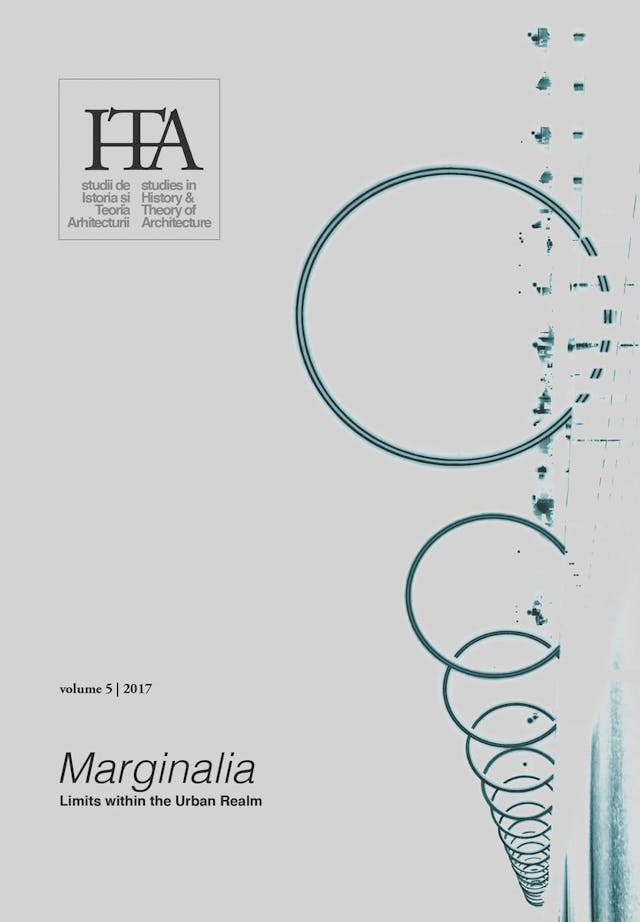The City in a Building:a Brief Social History of Urban Hong Kong
The City in a Building:
a Brief Social History of Urban Hong Kong
by
Eunice Seng
Keywords
urban density
composite building
industrialization
spatial contestations
urban domesticity
public and private
Arising from the intensive urban development of mid-twentieth century Hong Kong, the composite building, defined as one with domestic and non-domestic functions, embodies the historical tensions between city and home, public and private, producer and consumer, colonial and Chinese, real and ideal, masculine and feminine realms. Between 1959 and 1979, over 1,500 composite buildings above fifteen stories were built throughout the city. Intended to accommodate the emerging industrialized middle class population, the largest composite buildings housed over ten thousand inhabitants within an agglomeration of shops, factories, temples, clinics, crèches, dormitories, hostels, flats, and other spaces. Their architecture and planning demonstrate how developers, planners, architects and builders projected the notions of a consumerist society.
Yet a closer analysis of the multifarious programs, spatial adaptations and contestations within, reveals the human caprice that drives and defines the city. How did these tensions and everyday acts of resistance shape the spaces in the composite buildings and in turn, define and redefine the city? In examining the brief social history of a commonplace building in Hong Kong, this paper unpacks the tropes of the modern Asian metropolis to seek an alternative framework to understand the precarious limits between the urban and the domestic.
Published in

Chicago citation style
DOI:
10.54508/sITA.5.07